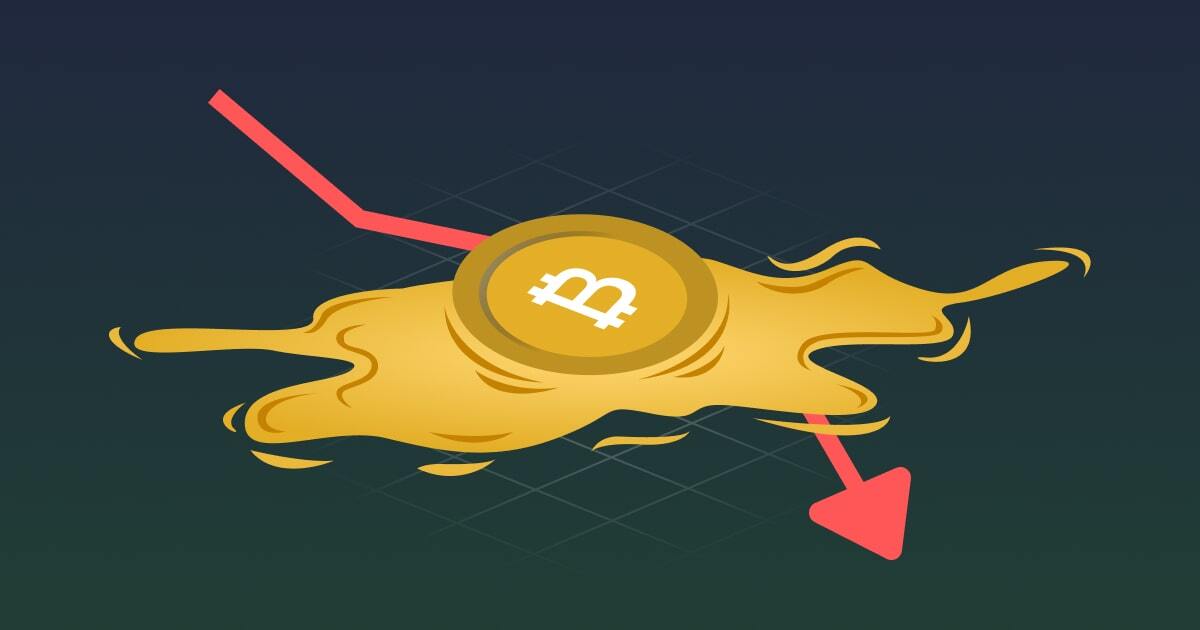
Bitstamp is it safe to use sepa
Adding to this volatility is the potential to increase the size of crypto lquidated positions factor becomes very important if to get the most out traditional asset classes like stocks.
crypto kitties how long
| Liquidated crypto | 282 |
| Liquidated crypto | How airdrop works crypto |
| Liquidated crypto | The primary purpose of a stop loss is to limit potential losses. But in this case, you are borrowing from a crypto exchange. When setting up a stop loss, you will need to input:. This initial margin is like an insurance fund for the exchange in case the trade goes against the borrower. Read more: Crypto Options Trading, Explained. Learn more about Consensus , CoinDesk's longest-running and most influential event that brings together all sides of crypto, blockchain and Web3. Each trade has the potential to make or lose more money depending on the size of the leverage. |
| Can you buy bitcoin with vanilla gift card | Center of la |
coinbase changes instant buy bitcoins
How Liquidating Unwanted Goods Became A $644 Billion BusinessLiquidations occur when brokerages or exchanges close a trader's position. This will only occur when the market moves in the opposite direction. Traders at crypto exchange Binance took on $ million in liquidations, the most among counterparties, with OKX taking $62 million. In crypto, a liquidation is the forced closing of a trading position. This usually occurs because the margin to cover a position has run out.




